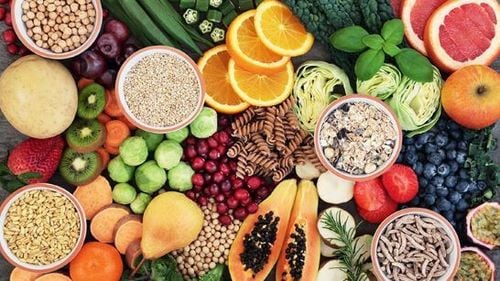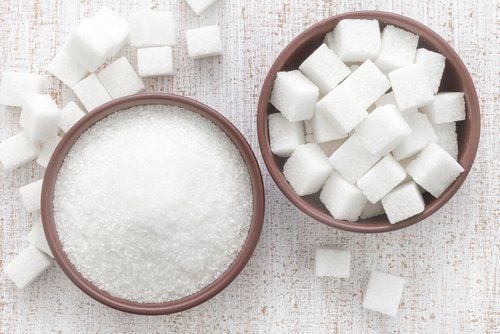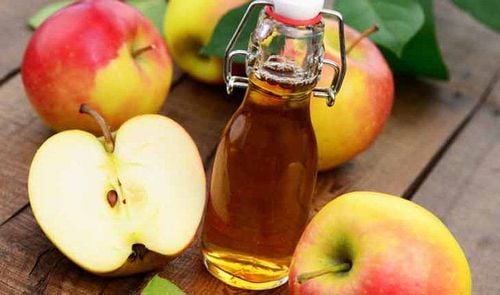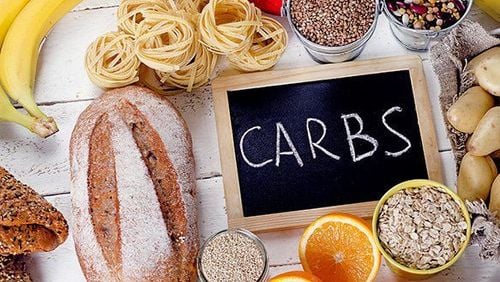This is an automatically translated article.
Same carbohydrates (carbs), why are there good carbs and bad carbs? What is the difference between white flour bread and whole grain bread? And which one is healthier?1. Same carbohydrates (carbs), why are there good carbs and bad carbs? What is the difference between white flour bread and whole grain bread? And which one is healthier?
Over the years, the controversy about carbs has been a hot topic, and the research findings are full of conflicting. In fact, carbs have both good carbs and bad carbs, and fortunately, benefiting from good carbs isn't that difficult:Choose high-fiber carbs (found in whole grains, vegetables, and flowers). fruits, legumes) is the best and simplest way to enjoy the benefits of carbs. These carbs are absorbed slowly, thus avoiding a sudden spike in blood sugar after meals. Limit as much as possible to use bad carbs, which are processed and refined carbs (found in white bread, white rice, ...) that lose beneficial fiber for the body.
2. Why are carbs a matter of concern?
The Institute of Medicine of the United States National Academy of Sciences in September 2002 recommended that people increase the use of good carbs rich in fiber in their diet. The main ideas in the recommendations include:To meet daily nutritional needs while reducing the risk of chronic diseases, adults should balance energy from the following components in the diet: 45 - 65% of total energy from carbohydrates, 20 - 35% from fat and 10 - 35% from protein. The only way to get fiber is to eat plant foods. Vegetables and fruits are high-quality sources of fiber-rich carbs. Studies show that a low-fiber diet increases the risk of cardiovascular disease, while a high-fiber diet helps control weight and may help prevent colon cancer. The amount of fiber an adult needs to eat each day is: Men aged 50 and under: 38g Men over 50 years old: 30g Women 50 years old and younger: 25g Women over 50 years old: 21g
3. What are good carbs?

Carbs tốt là gì?
4. Why consider fiber in carbohydrates?
Fiber is an ingredient in plant foods that cannot be digested by humans. Although fiber cannot be absorbed, it has many benefits for human health.Fiber slows down the absorption of other nutrients in the meal (including carbohydrates), thereby helping to avoid sudden increases in blood sugar after meals, reducing the risk of type 2 diabetes. Certain types of fiber in oats, legumes, and some fruits can help lower blood cholesterol levels. In addition, fiber also helps the body feel full faster, feel hungry longer, thereby limiting the amount of food eaten.
Usually, foods from refined grains will be low in fiber. To increase the fiber content in the meal should:
Eat more vegetables and fruits. Legumes and bean products are also good choices. Half a cup of cooked beans provides about 4 to 8 grams of fiber. Increase the use of whole grain products.
5. What are bad carbs?
The typical bad carbs are sugar, added sugars, and refined, processed grains. Sugars, refined grains, and starches quickly provide energy to the body in the form of glucose, and this is useful when the body is in urgent need of energy, such as when exercising or before a game. But the downside is that for most people this amount of energy becomes redundant and will accumulate, leading to overweight and obesity. That's why people should use carbs from whole foods that are not or less refined, containing natural sugars such as fructose in fruit or lactose in milk.
Carbs xấu điển hình chính là đường
6. Avoid Using Too Much Added Sugar
“Added sugars” are sugars and syrups that are added to foods during eating or during processing or preparation (such as high-fructose corn syrup added to sweeten foods). cake or drink). Added sugars provide energy but contain no or very few nutrients. The United States Department of Agriculture (USDA) recommends that added sugars provide no more than 6 to 10% of your total daily energy intake, or about 9 teaspoons per day.7. Use the information on the label for nutrition facts
The nutrition information section on the product label will help identify good carbs and bad carbs. The sections to look out for are:Total carbohydrates: to help identify the total amount of carbohydrates in the product, including the weight of the constituent elements such as sugar, fiber and other carbohydrates. Dietary fiber: indicates the total amount of fiber in the product. Sugars: This section shows the total amount of carbohydrates from sugar in the product, and this can be natural sugars like lactose and fructose or it can be added sugars like high-fructose corn syrup. Other carbohydrates: This section shows the total amount of other digestible carbohydrates other than sugar. Sugar alcohols: Some product labels have a sugar alcohols section below the total carbohydrates section. For some people, sugar alcohols can cause digestive problems such as bloating, stomach upset or diarrhea. If you're interested in this ingredient, it's listed under names like lactitol, mannitol, maltitol, sorbitol, xylitol, and more. Lots of products are "sugar free" or "low-calorie." ” (“reduced calorie”) still contains some sugar alcohols, even though there are alternative sweeteners in the product such as Splenda.
Please dial HOTLINE for more information or register for an appointment HERE. Download MyVinmec app to make appointments faster and to manage your bookings easily.
Article reference source: Webmd.com












